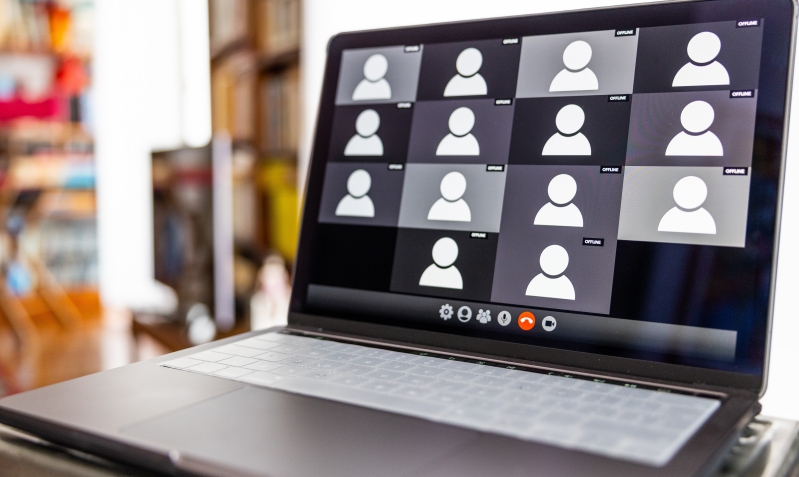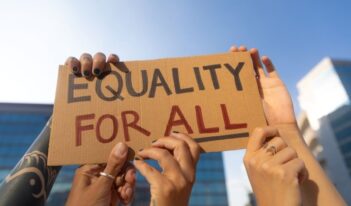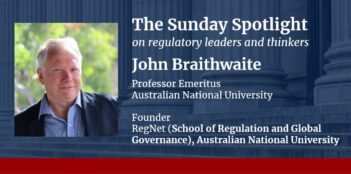
Civil rights attorney examines legal issues presented by virtual school disciplinary policies.
Nine-year-old Ka’Mauri Harrison was taking a test online when his little brother ran into his room and tripped over a BB gun. Ka’Mauri moved the BB gun from the floor to out of harm’s way. His school tried to expel him for the incident and ultimately suspended him for five days.
“Ben,” a 12-year-old Latinx student with a hearing impairment, briefly showed his classmates his katana sword used for martial arts during virtual instruction. Like Ka’Mauri, he was suspended for five days and faced expulsion.
Isaiah Elliot, another 12-year-old student of color with a disability, momentarily held a toy NERF gun during his online class. His school suspended him and called the police to conduct a welfare check before notifying his parents of the incident.
In a recent article, Victor M. Jones, Education Special Counsel at the NAACP Legal Defense and Educational Fund, recounts these students’ stories of exclusionary discipline in virtual schools to examine the continued use of exclusionary disciplinary policies in online classrooms. Jones also analyzes these students’ stories to illustrate new constitutional challenges raised by the regulation of student behavior at home through virtual platforms.
Exclusionary discipline occurs when a student is removed from the classroom setting due to a behavioral infraction, such as by a suspension, expulsion, or detention. These practices result in disproportionate referral of students of color and students with disabilities out of school and into the juvenile justice system, often referred to as the “school-to-prison-pipeline.” Students who experience exclusionary disciplinary practices such as suspension and expulsion are at significantly higher risk for involvement in the criminal justice system, Jones explains.
Exclusionary discipline became a part of most school district regulations in response to the federal Gun-Free Schools Act of 1993, which mandated a one-year expulsion of any student who brought a weapon on school grounds. Soon after, states passed various “willful disobedience” statutes that punished nonviolent behavior with suspension and even expulsion. The U.S. Department of Justice also allocated $68 million to establish school resource officer programs that placed law enforcement officers in schools. These programs formally codified the connection between school and the juvenile justice system.
Jones explains that these federal and state policies, in the name of student safety, have led to negative unintended consequences for students, especially Black and Latinx students and those with disabilities.
Jones warns that “at least two decades of multi-disciplinary research finds that the use of exclusionary discipline practices against children in schools does not serve its goals of reducing disruptive and unsafe behavior.”
Furthermore, Jones shows that these types of disciplinary measures may even lead to lower academic achievement. The COVID-19 pandemic and the rise of virtual schooling not only amplifies the inappropriateness of exclusionary discipline but also presents new legal challenges that schools need to address through new regulation, Jones argues.
These equity issues only compound with more constitutional issues in the virtual setting, Jones explains. The invasion of school disciplinary consequences within students’ homes through virtual learning introduces privacy and free speech concerns. For example, families whose children face exclusionary discipline in virtual school claim that schools may not regulate what items they keep in their homes, such as martial arts swords and toy guns. Jones worries schools might violate free speech by disciplining for posters hung in the home without new regulations for virtual school. Parents argue that use of images of their children in their home recorded during virtual class in disciplinary hearings are a violation of their right to privacy in their own home.
Jones does not stop at privacy concerns: The extension of weapons-free policies to the virtual space without explicit notice likely violates students’ right to due process, argues Jones. And the continued disproportionate use of exclusionary practices against students of color implicates the Equal Protection Clause of the U.S. Constitution.
Government entities are aware that better regulation is needed to ensure equitable school disciplinary policies. Recently, the Office for Civil Rights (OCR) issued a request for public comment on the equitable administration of school disciplinary policies. OCR acknowledged in its request that the current implementation of school disciplinary policies fails to meet the aims of civil rights laws and relevant regulations.
OCR’s request explains that, in 2018, the U.S. Government Accountability Office and the U.S. Commission for Civil Rights (USCCR) found that Black students, boys, and student with disabilities were disproportionately disciplined in every type of public school setting.
Similarly, in a 2019 report on the use of exclusionary discipline, the USCCR reported that Black, Latinx, and Native American students do not commit more disciplinable infractions than their white classmates but receive harsher and longer punishments than their white peers for the same behaviors.
Jones recommends that school districts reimagine their disciplinary policies and implement distinct disciplinary regulations for virtual platforms. He argues that these changes are necessary to address the various new constitutional issues presented by online classrooms and racial and disability discrimination. He advocates the development of disciplinary policies explicitly for virtual school. “Weapons-free” zero-tolerance policies and the Gun-Free Schools Act should not extend into students’ homes through online class, he argues. To safeguard student and family rights to privacy during virtual school, districts should encourage students to use neutral virtual backgrounds and forbid them to record their classmates during virtual school.
Jones concludes that the COVID-19 pandemic presents a moment for innovation, and he urges school districts to prioritize keeping students in school and connected to their classrooms—regardless of whether their education is online or in-person.



